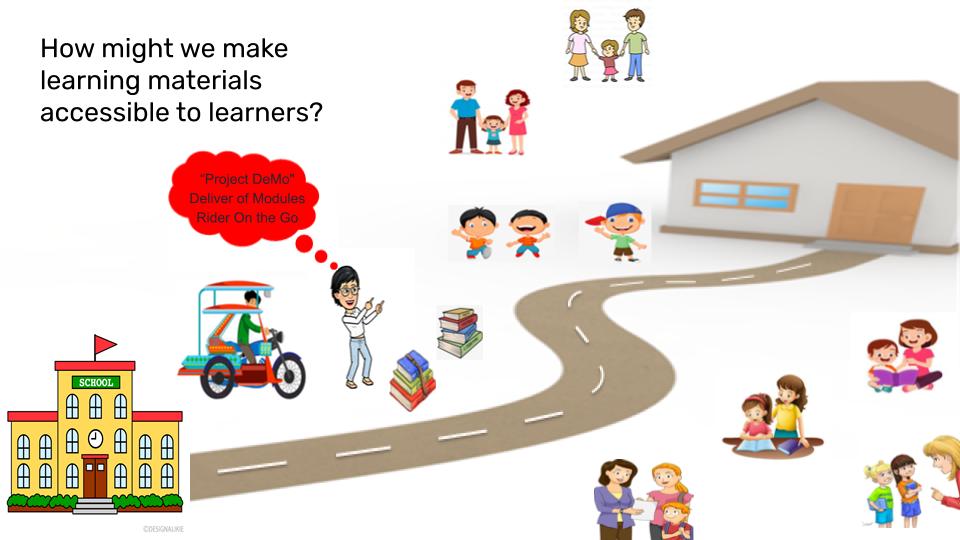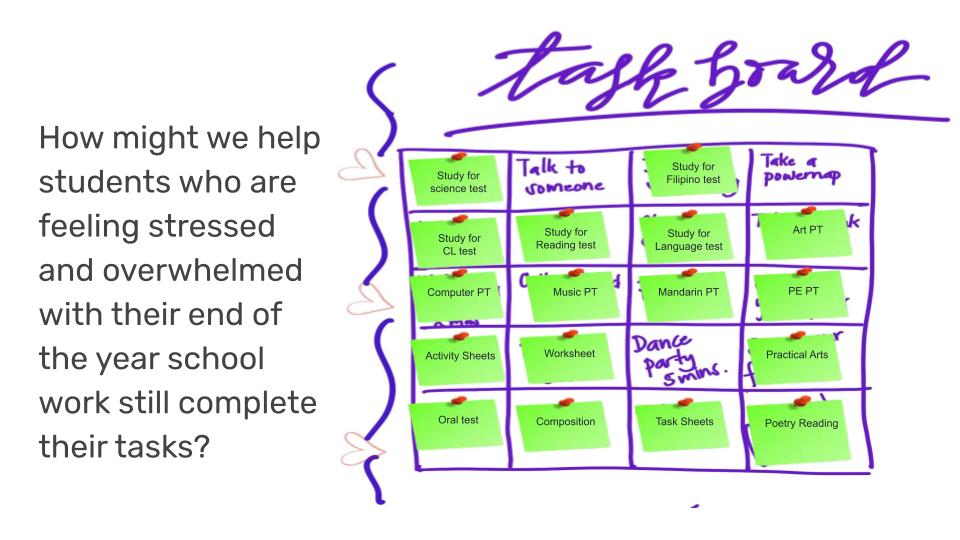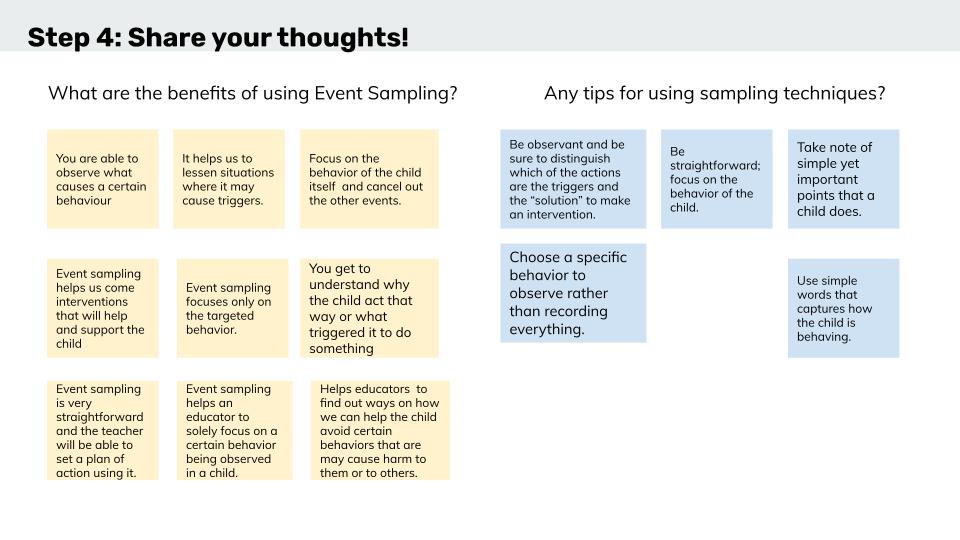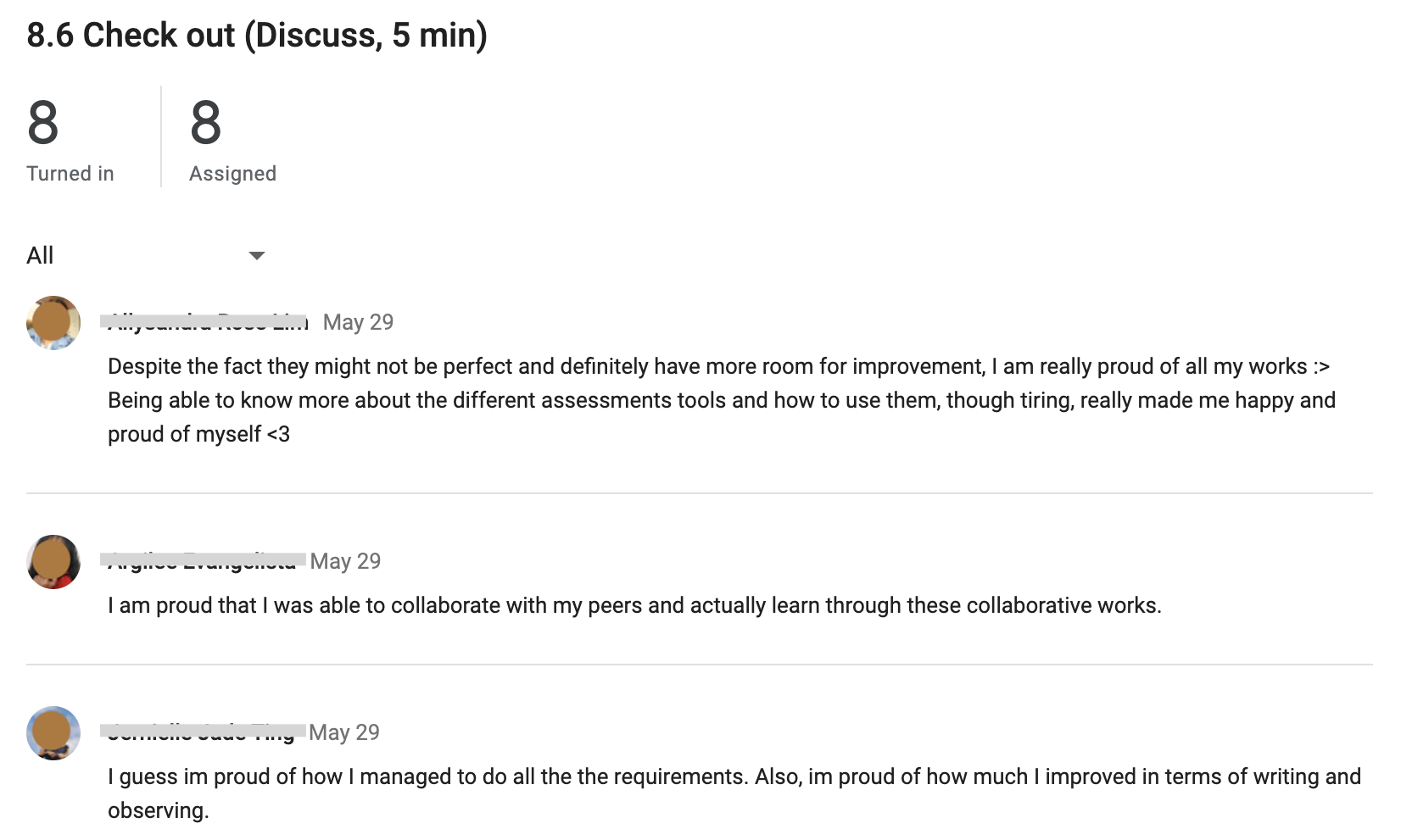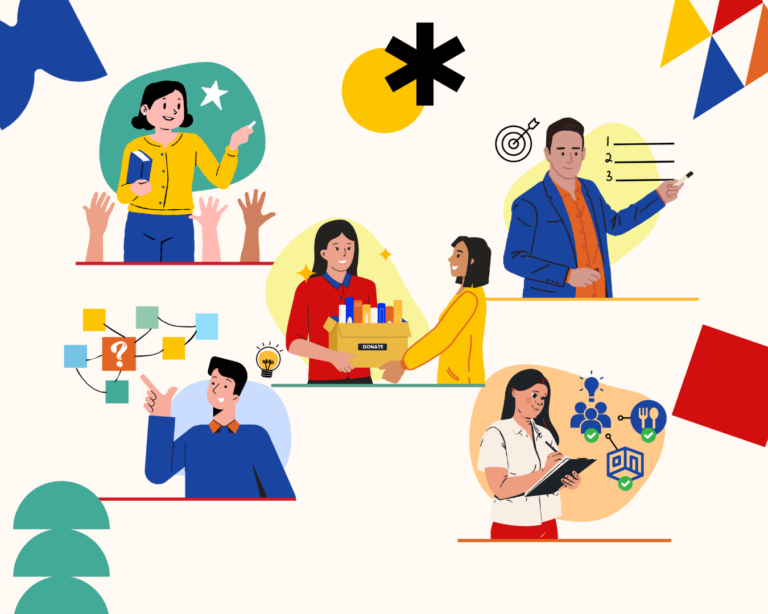It’s been 2 years since I wrote my first lab note where I shared my personal journey of finding how PBL might work in higher education settings. Since then, my students have continued to do inspiring (Whoops, call me biased!) projects in our education classes – from organizing campaigns to inspire more high school students to consider teaching as a career, to facilitating conversations with parents of young children about trends and issues in early childhood education.
I’ve always been a believer in going for the most authentic projects that directly impact the local community. In the first few weeks of classes, I would encourage my students to think about the school community and its stakeholders. When possible, I would also organize community visits so they could understand the realities of people outside our comfortable, private-school setting. When news of the pandemic and our emergency remote learning setup broke, I kept asking myself, how might we keep doing authentic projects in the middle of a pandemic? It’s been a year of trying PBL during this extremely unique time and here are some of the things I learned.
1. Check on your students’ bandwidth for empathy
Borba (2016) wrote in Unselfie that stress affects empathy. There are seasons of our lives when we are generally stressed and go on “survival mode,” which makes it more difficult to feel for others. I saw this in my students in the past year; their plates are full with non-school concerns and personal matters. When you’re struggling to meet your own needs, how can you work to meet the needs of others?
I realized that their bandwidth for empathy at this time might be at a low and that it might be challenging to make a project that serves others. That’s why in the past year, we focused on projects that use real-world tools on topics that are personally meaningful to them. Let your students build something for themselves if that’s all they can afford to do right now.
Projects can still be authentic even if they don’t change the world, as long as they impact the world of your students.
2. Make it relevant to their current selves, not only to their future selves
As a student, did you have classes and lessons where you couldn’t help but ask, “Para saan ba ‘to?” It can be a pain to go through difficult lessons without understanding what they are for. “Balang araw maiintindihan niyo rin kung bakit natin ‘to kailangan” is not the easiest thing to hold on to these days when “the future” is a blur and too many things are uncertain. I realized that for projects to work, they have to be relevant to the current pandemic context of our students.
In my class of in-service teachers, they made projects around their own students’ challenges during remote learning. One actually helped their students get their printed modules without the fear of having their parents regularly leave their homes. Another made completing end-of-year requirements a delightful experience by gamifying to-do lists. The urgency and real impact of these challenges on their own students kept them motivated to build meaningful projects.
3. Set them up for success
I think this tip is a given in any teaching context but it’s even more important during the pandemic. Projects are not easy to do especially when students are apart and finding it difficult to have moments for collaboration. As teachers, we must map out an experience that enables our students to succeed. By treating myself not just as a facilitator of learning, but as an actual collaborator and ally in their project-making, I am able to think ahead to determine what resources and techniques I can share to help students do great work. In the past year, I worked extra hard to make myself available to give timely feedback on students’ working projects. GSuite tools help a lot since I can see the current versions of their work without having to wait for them to let me know when they have updated their outputs, or how far along they are in completing tasks. We’ve developed the habit of tagging one another in comments to ask for feedback on specific portions of their projects. For students who thrive in collaborative work, I demonstrate how they can do self-facilitated breakout rooms and pseudo-study dates online. Every week, I try to come up with new approaches that will help them understand different ways of working that can actually work for them in a remote learning setup.
4. Invite them to do regular self-checks
Metacognition is a key element of PBL. What new thing did I learn while doing my project? What new thing did I discover about myself? What part of my project process am I proudest of so far? What was challenging for me this week? What went right this week which I am determined to replicate next week? Asking these as Check-ins/Check-outs or entrance/exit tickets each week helps students pause, celebrate small wins, and regulate themselves. Aside from the perennial “How are you?” which rarely gets meaningful answers, you can try inserting a self-check prompt or two in your regular correspondences with students. And remember to stay curious and listen to stories. We’re looking to know what they think of their performance and genuine answers are given only to those who genuinely want to know.
Pandemic or not, using PBL always feels rewarding for me as a teacher, and even more for students who constantly surprise themselves with the great work they didn’t know they are capable of doing. Yes, great work even at this time. What’s next? In my upcoming classes, I’m planning to take collaborations more seriously by sitting down with my students’ other teachers. I know this will help students do less, but equally meaningful work. I also want to get creative with linking my students to collaborators for their projects especially since technologies link us to more experts and people in the field now. No need to fly them in – just send them the meeting link or record a chat, or a podcast-esque episode with them.
When fellow educators ask me how to do PBL, I always say it’s a journey. I thought I already learned a lot which I shared with you in my first lab note, but look at where we are now! There’s still so much to learn about PBL and, honestly, especially in a time of pandemic, these are the moments that keep me feeling alive as a teacher.

